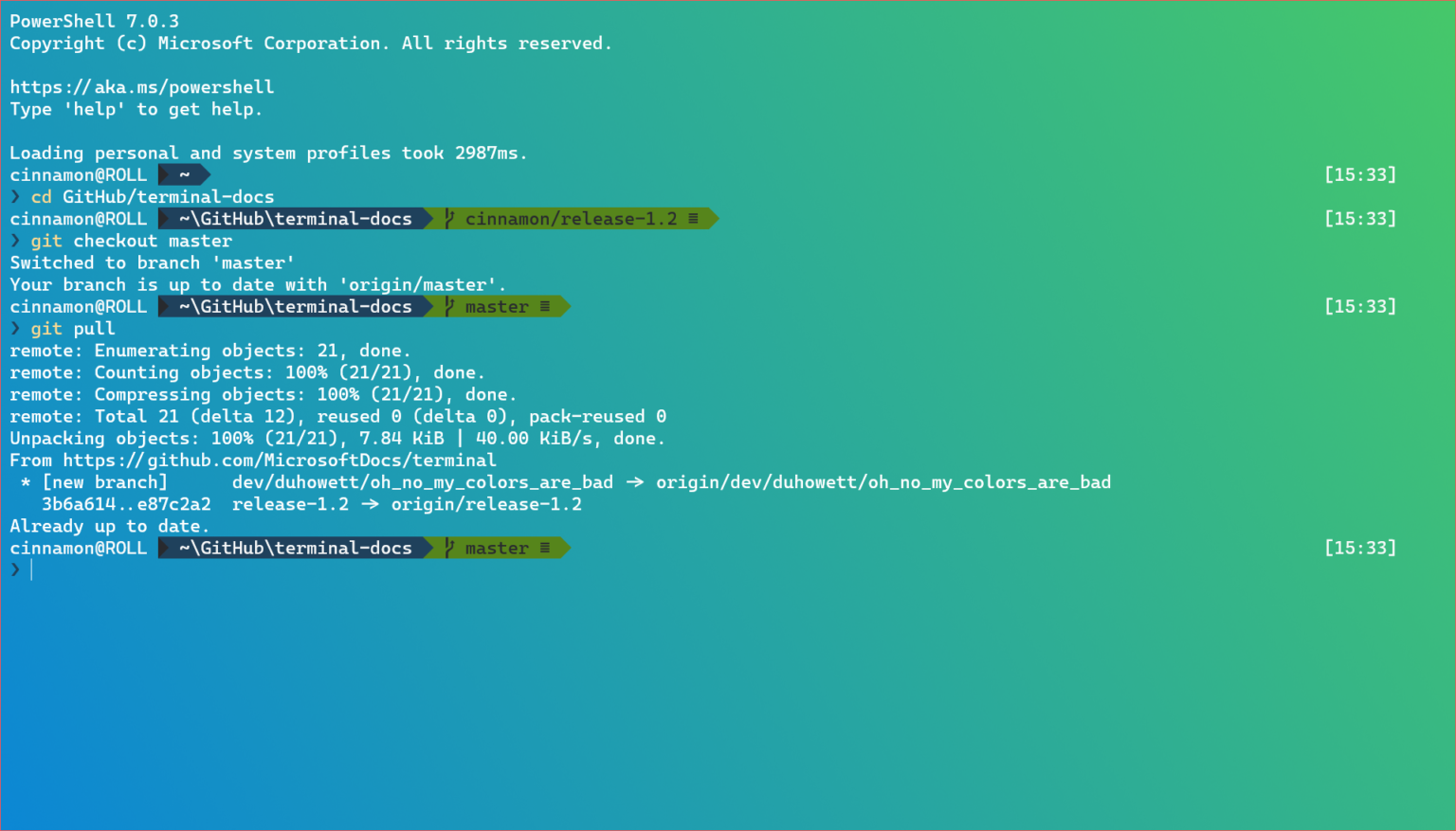

To go to D drive, just type d:, and the Command Prompt will listen to the new drive.which enables you to easily move one folder up. Therefore, you should change the Windows drive path in the command line as shown below.

If your target file is located in D: drive, you won’t find it anywhere in the Windows folder from the C: drive. No matter where your text is in the actual name of the file, that file will be listed in the results.Īlso read: 15 Safe Websites for Downloading Windows Software How to Change Directories in Windows Command Prompt for Easy Access to Folder Paths If you add an asterisk at each end of the search term, you will cover all the bases.If you use it at the beginning, your search will only include results with your text at the end.Adding an asterisk at the end of the name, like business*, will find all the files with your search term at the beginning of the name. A picture of Windows command prompt, AWS Cloudshell, MacOs Terminal and Linux Terminal.It indicates that the search will locate all file names that contain your search term. * is used by command-line apps as a wildcard./s tells dir to search all sub-directories. The terminal allows you to duplicate the focused panes profile into another pane.The backslash (\) tells dir to search from the root directory of the current drive.


Several additional switches can be used with the command to perform additional actions. (see the Microsoft guide below for further info on the available commands). Also provides details on the modification date and size of files. NOTE: The Root directory is the best place to enter any required commands or instructions.Ĭommand used to switch the directory (path) in which you are working.Įxample: cd\windows\system32 Will move the prompt to the system32 folder path located in the Windows folder.Īllows you to see available files and folders within the selected directory.


 0 kommentar(er)
0 kommentar(er)
